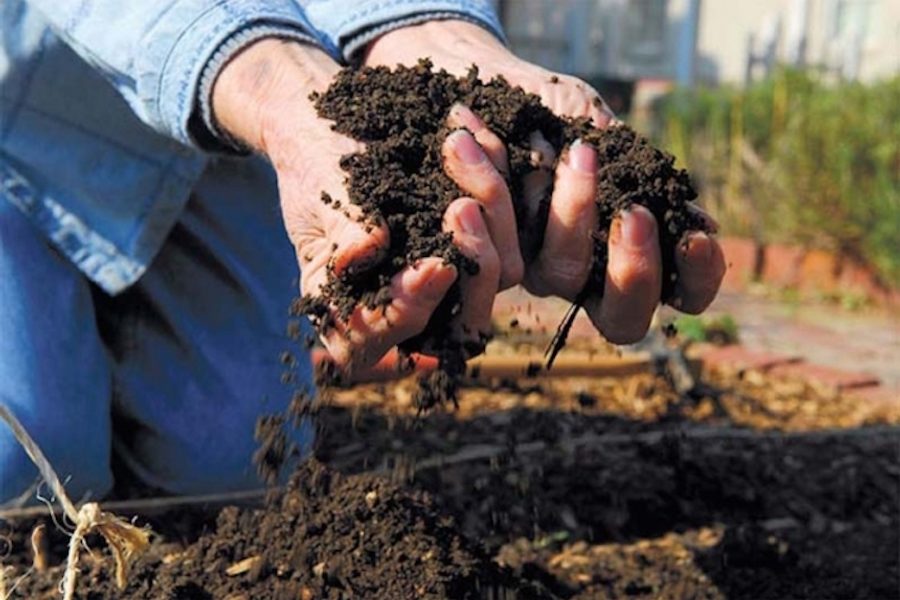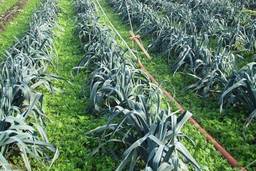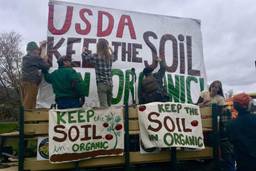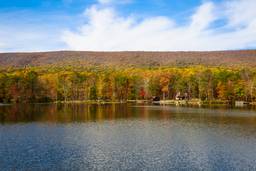The USDA is Helping Industrial Hydroponics Water Down the Definition of Organic Farming
Linley Dixon

Ed Note: The following editorial by the senior scientist at the Cornucopia Institute, an organic industry watchdog, weighs in on the ongoing debate within the organic food industry as to whether hydroponically grown food — food production that does not require soil or, therefore, a commitment to responsible land stewardship — should be considered “organic” by the U.S. Department of Agriculture. In April, the National Organic Standards Board (the group ultimately responsible for making this decision) met in Denver, Colo., to discuss the issue. As explained below, some of the board’s new appointees are siding with corporate interests instead of organic farmers.
With five new members of the National Organic Standards Board (NOSB), the debate over whether soil-less, hydroponic systems can be certified organic felt like starting over from scratch. Those of us who have followed the workings of the NOSB for years now are beginning to feel exasperated that something so basic as the legal requirement to foster soil fertility in organic systems is up for debate.
Organic cannot be defined solely by inputs. Rather, sequestering organic matter by supporting complex biological systems in the soil is a prerequisite of organic production. For those of us involved in organics for the last 30 years, our response is … “Duh!”
The bigger question: Why are NOSB members complicating this issue?
It is obvious to organic farmers, and many consumers, that hydroponic and large industrial “container” operations are not organic precisely because they are entirely based on the continuous supply of liquid fertilizers and inputs. Rather, organic farms promote biodiverse communities of microorganisms in the soil by composting, cover cropping, and nutrient cycling, as is required by the Organic Food Production Act. Every true organic farmer spends a lifetime continuously improving their own systems to maximize soil health on their farm.
Fertile soil should no longer be required to feed the plant, say some NOSB members either unacquainted with the history of the word “organic” or, more likely, bold enough to have the audacity to redefine it. If a production plan uses all organic-compliant inputs, then it is organic, they say. But if that is the case, then why would these NOSB members lobby to only allow hydroponic container operations (roots are in an inert media) and not other “roots-in-water” hydroponic and aquaponic systems that also rely on all organic inputs for fertility?
The sad answer is big money and corporate influence. Driscoll’s, the big California berry marketer, and Wholesum Harvest, a hydroponic outfit in the desert Southwest and Mexico, are major producers of container produce.
The pure “roots-in-water” hydro and aquaponic systems do not yet have the same influence and power with the NOSB. The “container” hydroponic lobby is perfectly fine throwing the “roots-in-water” hydroponic operations under the bus, as long as their container hydroponic operations remain certifiable. Meanwhile, a few organic champions on the NOSB continue to voice the integral role of farmers in organic land stewardship and their responsibility to leave a piece of land better than they found it — a fundamental organic principle.
NOSB farmer member Francis Thicke quoted an old proverb, “The footstep of the farmer is the best fertilizer.” In other words, through knowledgeable land stewardship and on-farm nutrient cycling, the farmer herself feeds the soil, which fertilizes the plants. Rather than simply sourcing fertility from organic “inputs” (e.g., conventional hydrolyzed soybeans or fish emulsion), the organic farmer must use organic practices such as composting, cover cropping and rotating animals on pasture to properly cycle nutrients on the farm.
Organic production systems have always been defined by continuous improvement. Organic farmers are expected to source more organic seed, improve on-farm biodiversity, increase the organic content of their soil, and reduce their dependency on off-farm synthetic inputs from the National List of Allowed and Prohibited Substances. Materials on the National List are supposed to sunset every five years precisely because the requirement for continuous improvement was written into organic law.
How is it that something as fundamental to organic farming as soil fertility and continuous improvement has been forgotten by some NOSB members? To put it quite simply (and depressingly), the USDA has appointed NOSB members with allegiance to their corporate employers rather than to the organic movement.
[“Farmer’s Footstep the Best Fertilizer” was originally published in the summer issue of The Cultivator, the Cornucopia Institute’s quarterly newsletter. For more information about Cornucopia’s work, click here.]

I hope you found this article important. Before you leave, I want to ask you to consider supporting our work with a donation. In These Times needs readers like you to help sustain our mission. We don’t depend on—or want—corporate advertising or deep-pocketed billionaires to fund our journalism. We’re supported by you, the reader, so we can focus on covering the issues that matter most to the progressive movement without fear or compromise.
Our work isn’t hidden behind a paywall because of people like you who support our journalism. We want to keep it that way. If you value the work we do and the movements we cover, please consider donating to In These Times.





